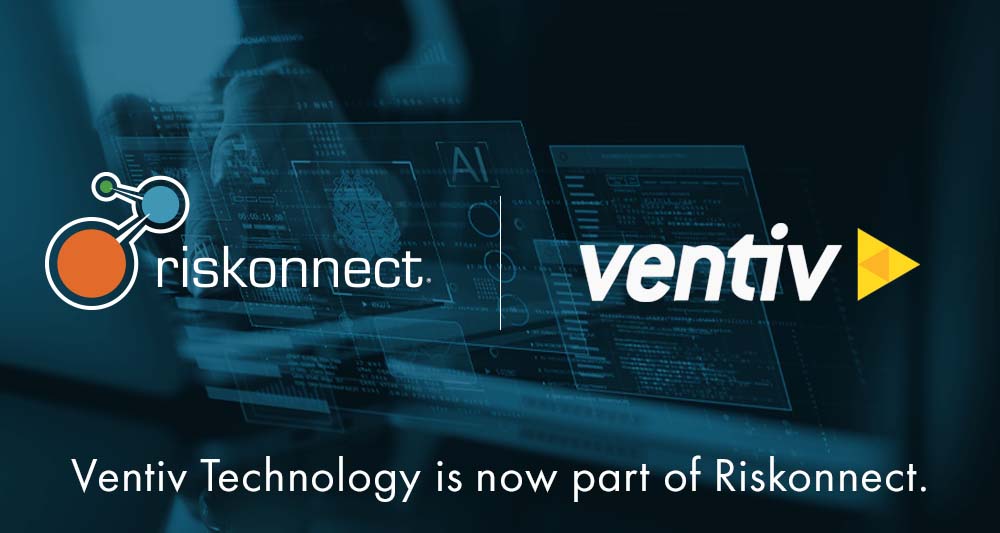To effectively navigate the complexities and uncertainties of today’s and tomorrow’s real estate markets, risk professionals rely on integrated risk management (IRM), as codified and realized in the proper risk management tools and strategies. An optimal risk management tool can help to streamline an organization’s IRM endeavors with a comprehensive approach that encompasses the identification, assessment, and proactive management of various risks that can impact real estate investments throughout their lifecycle. This article explores IRM in real estate and how risk management tools can help risk and real estate professionals manage their organizations’ real estate risk levels more effectively.
Managing Real Estate Risk
As an investment, real estate is a generally stable and highly usable asset class for both individuals and businesses. However, the real estate industry is not without risks; for example, the commercial real estate sector took huge hits during the pandemic and faces continuing challenges with tightening global financial conditions, even as the sector is experiencing a post-pandemic rebound. Achieving resilience in the face of these uncertainties requires a systematic and holistic approach to managing risks associated with real estate investments. This approach involves going beyond traditional risk management practices, to include considerations of both financial and non-financial risks. Financial risks may include market fluctuations, interest rate changes, and credit risks, while non-financial risks encompass legal and regulatory factors, environmental considerations, tenant-related risks, and operational vulnerabilities. By adopting an IRM approach, risk, and real estate professionals can enhance resilience, mitigate losses, and maximize ROI in their real estate portfolios.
A Holistic View on Real Estate Risk
IRM enables a thorough evaluation of all potential risks associated with real estate investments. By identifying real estate risks early on, risk and real estate professionals can implement effective strategies to mitigate their potential impact on the organization. Some relevant factors in a comprehensive risk assessment include market risk, credit risk, operational risk, legal risk, and environmental risk, to name a few. With IRM’s holistic view of risk across the entire real estate investment portfolio, firms stand to gain improved situational awareness and decision-making capabilities by considering risks and potential rewards collectively. IRM helps prioritize investment opportunities, allocate resources effectively, and optimize risk-adjusted returns.
Enhanced Resilience and Confidence
Proactive risk management through IRM allows risk and real estate professionals to build resilience into their investments. For example, IRM strategies may include diversifying portfolios across different asset types and geographic locations, maintaining adequate liquidity, and developing contingency plans to address unforeseen events. By protecting investments from market downturns and unexpected shocks, IRM improves both overall stability as well as stakeholder confidence—with robust risk measures/controls in place, risk and real estate professionals demonstrate their commitment to protecting investments and instilling confidence in investors, lenders, and other stakeholders. This confidence can be instrumental in attracting future capital, fostering long-term partnerships, and strengthening the organization’s reputation and brand value.
Risk Management Tools for Real Estate
Risk and real estate professionals will more often implement a risk management tool for streamlining and realizing their IRM strategies. These tools offer risk and real estate professionals a quick path to achieving the following benefits:
More Accurate Risk Identification/Assessment
Optimal risk management tools enable risk and real estate professionals to conduct comprehensive risk assessments for identifying potential risks. This includes analyzing market conditions, legal and regulatory frameworks, tenant risks, operational risks, environmental factors, and any other relevant risks specific to the property or investment. The tool’s risk assessment features, data analytics, and insights should enable users to quickly identify and evaluate a broad spectrum of risks.
Better Risk Mitigation and Control
By enabling quicker and more comprehensive risk identification, a risk management tool allows organizations to develop and implement the appropriate strategies for risk mitigation. These measures may include diversifying the portfolio across different types of properties, geographic regions, or market sectors. A proper risk management tool will also inform critical risk mitigation strategies like hedging against market volatility, implementing effective lease agreements, conducting thorough due diligence, and implementing robust property management practices, to name a few.
Deeper Portfolio Optimization
Risk management tools allow risk and real estate professionals to optimize their real estate portfolios for balanced levels of risk and return. For example, the solution may automate the periodic review of a portfolio’s performance, assess risk exposures, and make adjustments to align with investment objectives. Regular portfolio rebalancing, asset valuation, and stress testing can help ensure the portfolio remains resilient and aligned with the firm’s risk appetite and market conditions.
Automation and Data Analytics
Risk management tools provide the powerful automation capabilities and data analytics necessary for managing risk in today’s complex real estate landscape. These capabilities are especially crucial for larger real estate portfolios, as managing the required data across a myriad of properties using manual efforts (i.e., with spreadsheets) is unreliable and cumbersome at best. With the proper tools, risk, and real estate professionals can utilize automated workflows, advanced modeling techniques, predictive analytics, and scenario analysis to assess the impact of various risks and make informed investment decisions.
Regulatory Compliance
Real estate investments are subject to various legal and regulatory requirements, and staying on top of these regulations across a large real estate portfolio can be a daunting, time-consuming affair. A comprehensive risk management tool can streamline compliance by automatically staying updated on regulatory changes, maintaining proper documentation, flagging non-compliance with relevant laws, regulations and building codes, as well alert on required periodic audits for ensuring compliance and mitigating legal and regulatory risks. In short, IRM is an ongoing process that requires regular monitoring, evaluation, and reporting; for risk and real estate professionals managing a portfolio of properties, these tools provide the necessary instruments for navigating the complex, evolving real estate investment arena. By delivering IRM via a structured, automated platform, risk management tools enables organizations to identify, assess, and manage risks effectively, ensuring resilience and maximizing returns in their real estate. CHAT WITH AN EXPERT to see how Riskonnect’s IRM Solution is right for your organization.





